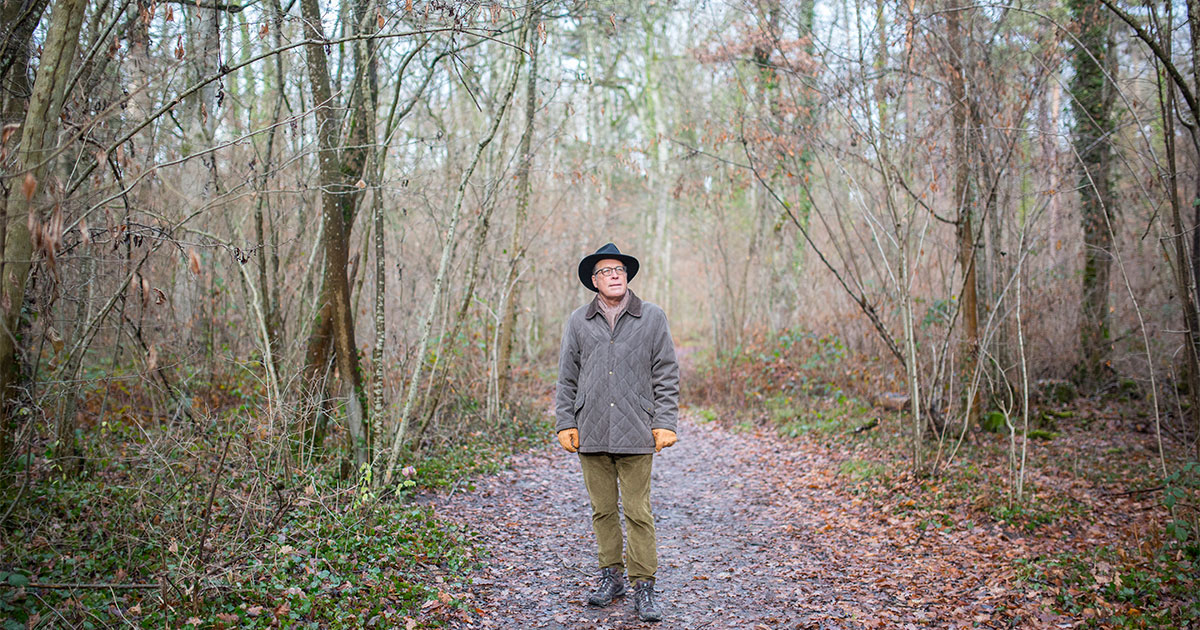The term ‘Blue Carbon’ was coined a decade ago to describe the carbon captured and stored by the world’s ocean and coastal ecosystems. Today it is the buzzword of the season throughout the global ocean community. Mangroves, tidal marshes and seagrass meadows are now being recognized for their important role in mitigating climate change, and global efforts to restore these critical habitats are escalating. While blue carbon projects are on the rise, the road to success has been harder than many imagined. But why? Enter entrepreneur and venture philanthropist, John Vermilye.
John is Co-Founder of the Gallifrey Foundation, Co-Chairman of Mission Blue and Chairman of Travel Sentry, which manages standards for aviation security. He initiated the Gallifrey Study ‘Blue Carbon—Mind the Gap’ which has led to the creation of the Fair Carbon project to resolve some of the flaws identified in the current system of funding carbon sequestration. John reveals the unexpected challenges these projects face and how the Fair Carbon initiative can help.
ECO Magazine (ECO): What ignited your interest in blue carbon?
John Vermilye (JV): After a career of playing company doctor, setting international standards and as an entrepreneur, the time came to apply these business principles to complex environmental problems. One in particular triggered my curiosity; with clear evidence that we desperately need to sequester carbon and that coastal marine habitats like salt marshes, seagrass meadows and mangroves are extremely efficient at doing this—why are there not more successful “blue carbon” projects?
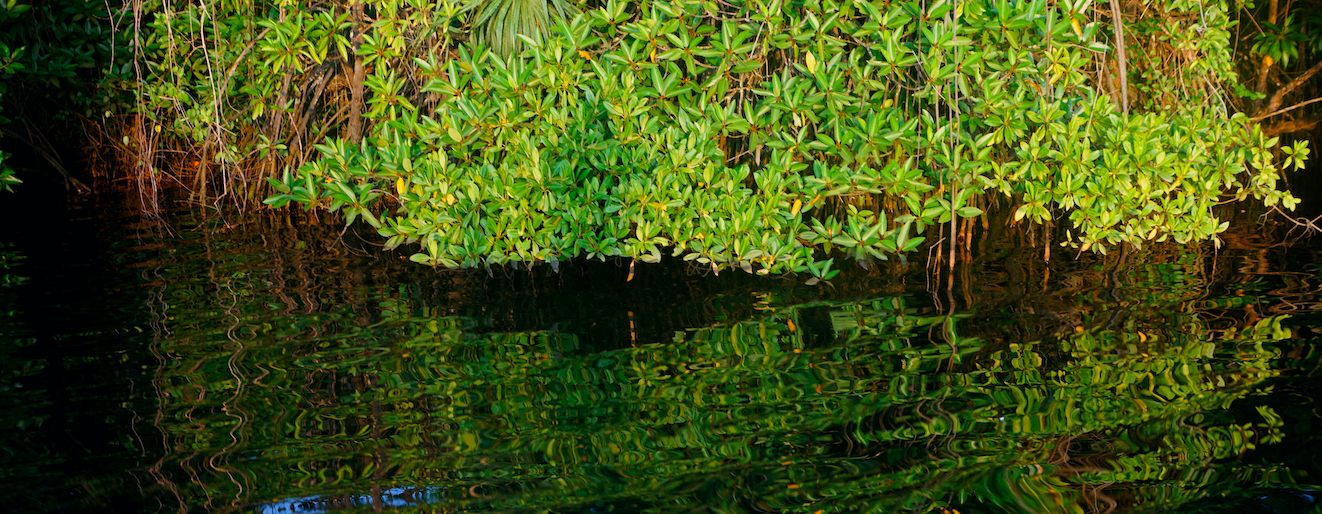
(Image credit: Gallifrey Foundation—Luc Cuyvers)
ECO: Where did you begin?
JV: The first step was to get somebody onto the team who knows way more about the subject than I do. Enter Mark Beeston, a marine biologist with boots on the ground experience with mangroves, passion and determination. Mark caught “mangrove fever” as a kid living in Australia and followed up with degrees in marine biology, conservation and ecology, researching the detrital carbon flow in mangrove ecosystems for his master’s thesis.
The second step was to see what work has already been done to determine why there are not more successful “blue carbon projects”. Others had addressed that question before, but we did not find studies that put all the pieces together. Our review of the literature made clear that there are four areas that are key to a successful project: 1) Legal—establishing clear land tenure and the right to carbon credits; 2) Management—engaging the community, ensuring proper governance and project management, fostering transparency; 3) Financial—getting start-up or seed funding and ensuring potential revenues can cover project costs; and 4) Science—choosing the right conservation, restoration and/or afforestation methods to ensure that the project delivers.
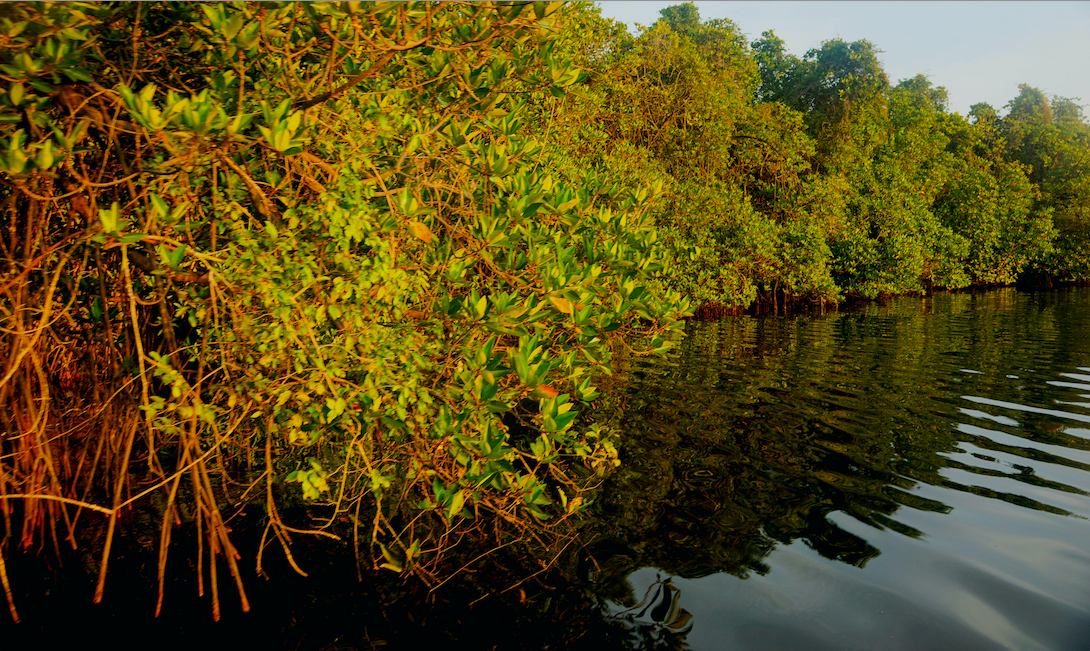
(Image credit: Gallifrey Foundation—Luc Cuyvers)
Our third step was to make sense of all the data. Our review of the literature combined with in-depth interviews revealed a number of patterns. For example, the delay between project start and (potential) revenue stream is long and often problematical; the technical barriers to entry are high, requiring outside expertise; and validation of progress is infrequent, three to five years apart, and expensive.
It thus became clear that the solution to scaling blue carbon projects called for expertise from several disciplines: legal, management, financial and scientific. It was time to build a coalition.
The resulting conversations with potential partners were eye opening. Yes, the barriers we identified were real. So too was the need for a multidisciplinary approach rather than tackling a single issue or element. Our colleagues from the NGOs, accreditation agencies and related businesses agreed: the time has come to sort this out once and for all.
ECO: Is this the genesis of the Fair Carbon project?
JV: Yes, with advice and guidance from project collaborators, a vision of what to do emerged.
What if the technical barriers to starting a project could be facilitated by providing step-by-step guides based on the requirements of the accreditation standards?
What if projects could upload proof of progress at each step following a checklist? What if the validation companies could access geotagged images, correlated with satellite images and even LiDAR? Would that make it possible to assess and validate projects remotely as a continuum rather than by field visits made in multi-year spurts?
With proper guidance, monitoring and management, can the increased credibility of these projects attract seed funding and help close the funding gap?
ECO: Where is the project now?
JV: While nice in theory, these assumptions need to be tested in the field. The proof-of-concept phase we started early this year is designed to do so. A basic information platform is already online, ready to be populated with project guides, data and images to confirm accomplishments. Mangroves are the first target ecosystem, with the requirements of two accreditation standards integrated into the guidelines and checklists. Pilot sites in Latin America and the Caribbean, West and East Africa, South and Southeast Asia will be used to test the system.
ECO: How do field projects get started?
JV: Before a project can start, there is a need to address whether land tenure and the rights to carbon credits can be secured. Who will lose out if the project puts an area off limits that is used for wood, fishing, aquaculture or other sources of employment? How can they be compensated? How can project developers ensure communities are fairly represented in project governance and receive tangible benefits? How large is the area to be protected, restored or expanded and how does that translate into potential carbon credit revenues? What does the accreditation standard require to earn certification?
ECO: Where does Fair Carbon fit into this?
JV: If the answers to those questions add up to a viable project, then the project needs to be designed in detail and registered with an accreditation agency. Today this often requires hiring external expertise which can be expensive. The Fair Carbon solution lowers these costs by applying the experience of proven projects to distil the necessary steps into simple step-by-step guides and decision trees.
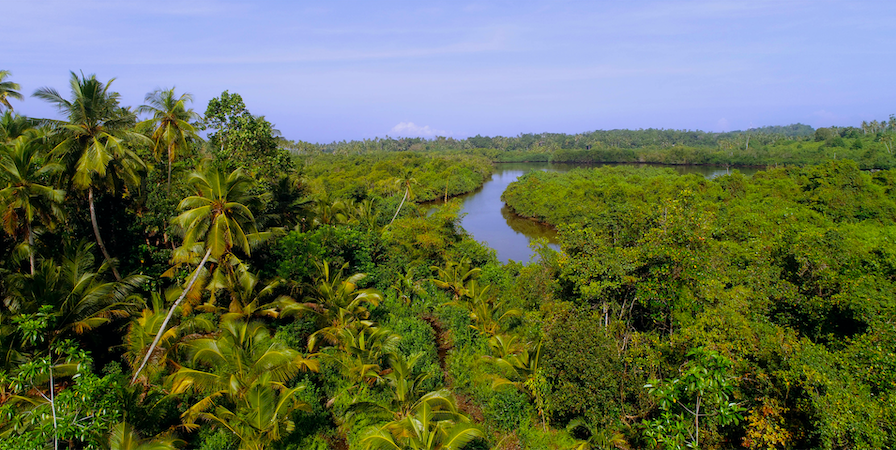
(Image credit: Gallifrey Foundation—Luc Cuyvers)
Credibility of projects starts with project design, making sure that projects are designed to make meaningful contributions to carbon sequestration. For too long projects have been started with the dream of planting a thousand of this or a million of that. Experience shows that those projects most often fail. The dream that needs to inspire projects is having a bio-diverse, functional, healthy ecosystem. That is a far more complex and important task.
ECO: What are other ways that Fair Carbon will change the current process?
JV: Once a project has been designed and registered the next phase is to validate the project. To minimize the need for expensive site visits, the Fair Carbon platform allows projects to complete and upload proof of action and progress at each step. This can now include geo-tagged photos of the site. When coupled with other data sources like satellite imagery, a new generation of validation companies can assess and measure progress remotely and in near real-time.
ECO: Is it realistic for projects to make some of these more complex measurements themselves?
JV: No, this is why there is one more element which Fair Carbon proposes to complete the picture. For each country or region, there should be a central resource which has the capacity (equipment, training and credibility) to make the field measurements required to validate the reported carbon sequestration rates.
Putting these elements together achieves most of the objectives of the Fair Carbon project:
- Simplify the process of designing and registering a project;
- Reduce or, when possible, eliminate the need for outside consultants; and
- Improve the validation process by requiring projects to upload their data for assessment, thereby increasing the transparency of project progress, at a significantly lower cost.
ECO: What happens once the proof-of-concept phase is completed?
JV: Once the proof-of-concept phase is completed, the project can move into full implementation. This will include refinement of the online platform using GIS mapping, database and story maps. Additional ecosystems will be included: terrestrial forests, salt marshes, seagrasses and macro algae like kelp, and possibly emerging methodologies such as regenerative farming restoring mono-cultural fields.
The regional centers which can help advise and monitor projects will be identified and supported. Training materials, project guides and even the online platform can be made available in local languages.
Carbon storage is only part of the picture. It can be measured and therefore sold as a product, but there are multiple additional benefits. Mangroves increase yield for artisanal fishers and are refuges for biodiversity. They provide protection against storms and possibly sea level rise.
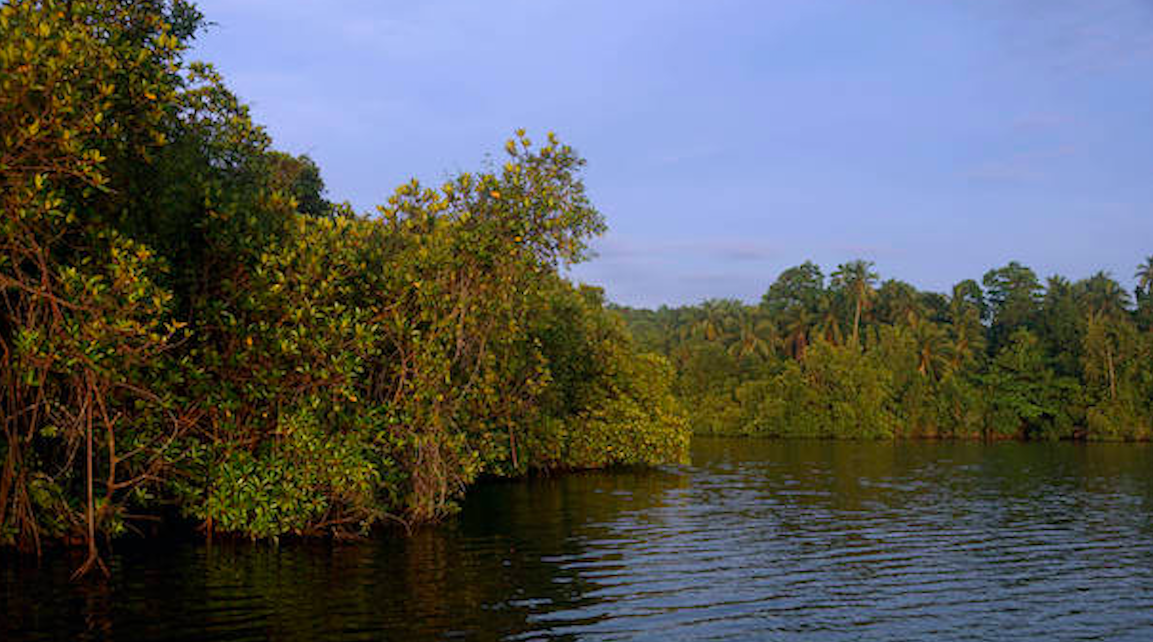
(Image credit: Gallifrey Foundation—Luc Cuyvers)
We also need to think about the financial structure of the Fair Carbon platform itself. While it is currently being developed with support from philanthropic contributions from our partners, the goal is for the platform to become a self-sustaining non-profit service. That way it can support a large pool of projects, enabling communities to generate sustainable income from the ecosystems they manage and protect or restore thousands of hectares of mangroves and other ecosystems in the process.
The Mark Carney-led Taskforce on Scaling Voluntary Carbon Markets, concluded there are three priorities: 1) Make financing available to projects from the start; 2) Ensure projects are credible, and; 3) Scale—we need many more projects.
That is exactly the mission of the Fair Carbon project.
To learn more about the Fair Carbon project go to www.faircarbon.org or contact This email address is being protected from spambots. You need JavaScript enabled to view it.
This feature appeared in Environment, Coastal & Offshore (ECO) Magazine's 2021 Summer edition, to read more access the magazine here.


